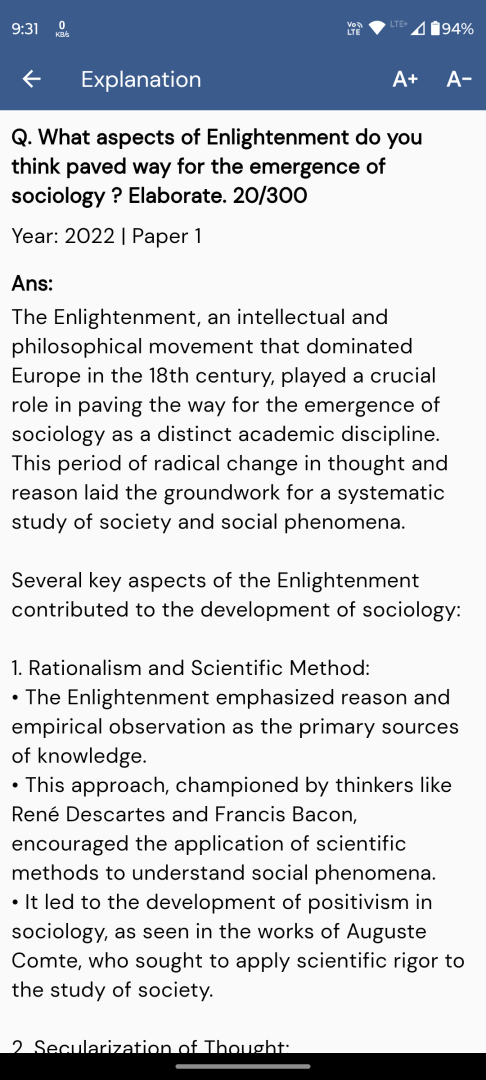Q. Compare capability deprivation approach with that of social capital deprivation in understanding chronic poverty.
UPSC Sociology 2025 Paper 1
Model Answer:
Chronic poverty, characterized by persistent long-term deprivation across generations, requires multidimensional analysis beyond income metrics. The capability deprivation and social capital deprivation approaches offer complementary yet distinct frameworks for understanding its underlying mechanisms.
Capability Deprivation Approach
Amartya Sen’s capability approach defines poverty as deprivation of fundamental “capabilities” rather than merely low income.
• Core concept: Capabilities represent real freedoms and opportunities to achieve valuable “functionings” (beings and doings like being well-nourished, educated, or participating in community life)
• Chronic poverty mechanism: Severe capability failure creates intergenerational traps—lack of education or healthcare restricts employment opportunities, perpetuating deprivation
• Beyond income: Even with adequate resources, factors like discrimination or disability can restrict capabilities, highlighting structural barriers
Social Capital Deprivation Approach
Associated with Putnam and Bourdieu, this perspective views poverty as resulting from social exclusion and lack of valuable networks.
• Core concept: Social capital comprises resources embedded in networks—trust, reciprocity, and connections that provide opportunities
• Chronic poverty mechanism: Network exclusion means isolation from crucial information (job opportunities), informal credit, and crisis support systems
• Example: Migrant families without community ties struggle to access employment and support, perpetuating marginalization
Comparative Analysis
Key Differences:
• Unit of analysis: Capability approach is individual-centric, focusing on personal agency and substantive freedoms; social capital approach is relational, emphasizing resources from social position
• Causal mechanism: Sen attributes poverty to failure in converting resources into functionings; social capital theorists emphasize exclusion from resource-providing networks
Complementarity:
The approaches are interconnected—strong social capital enhances individual capabilities (community networks facilitate education access), while capability deprivation (illiteracy) barriers social capital formation.
Policy Implications:
Effective interventions must address both dimensions: enhancing individual capabilities (education, health services) while strengthening collective social fabric (community organizations, networking opportunities). The capability approach illuminates what individuals are unfree to achieve, while social capital theory explains how social environment sustains these deprivations.





